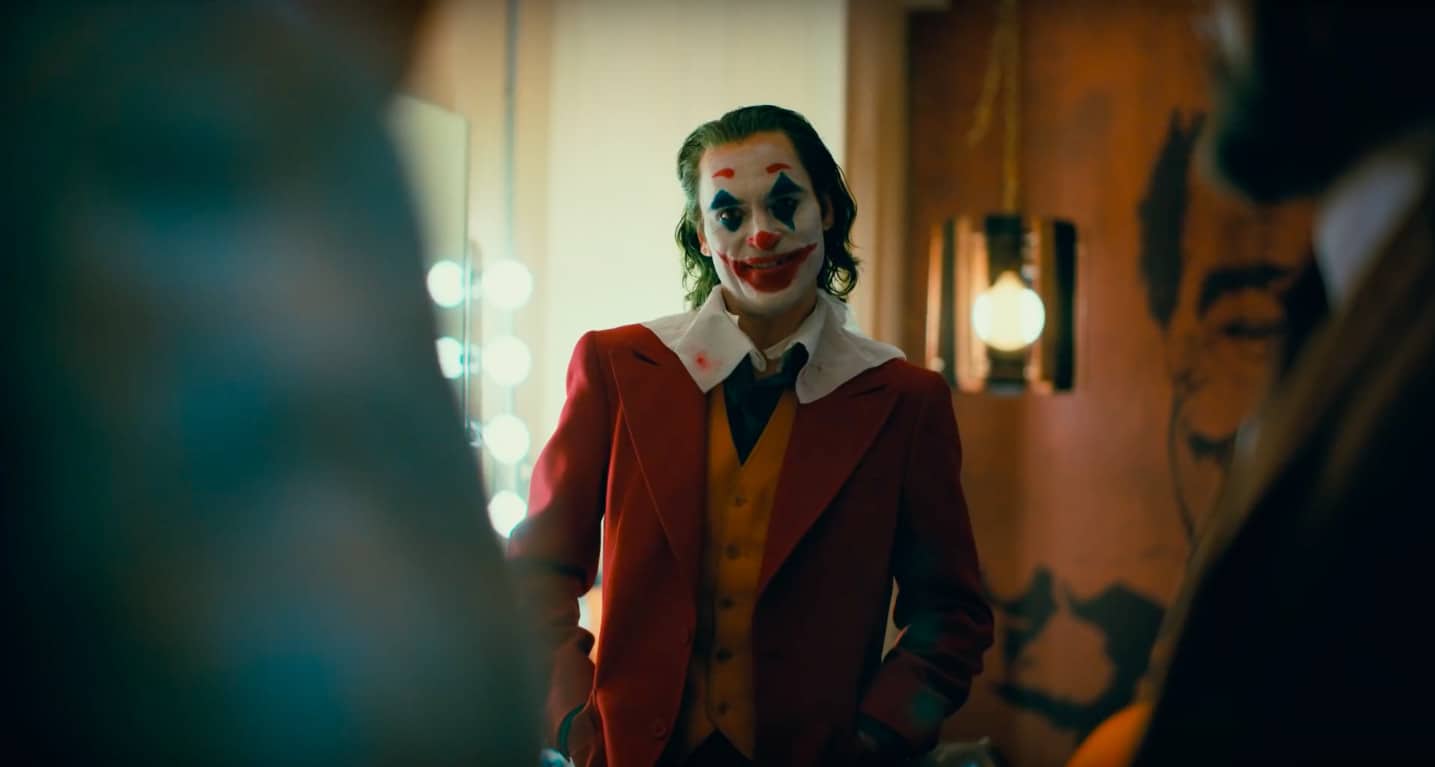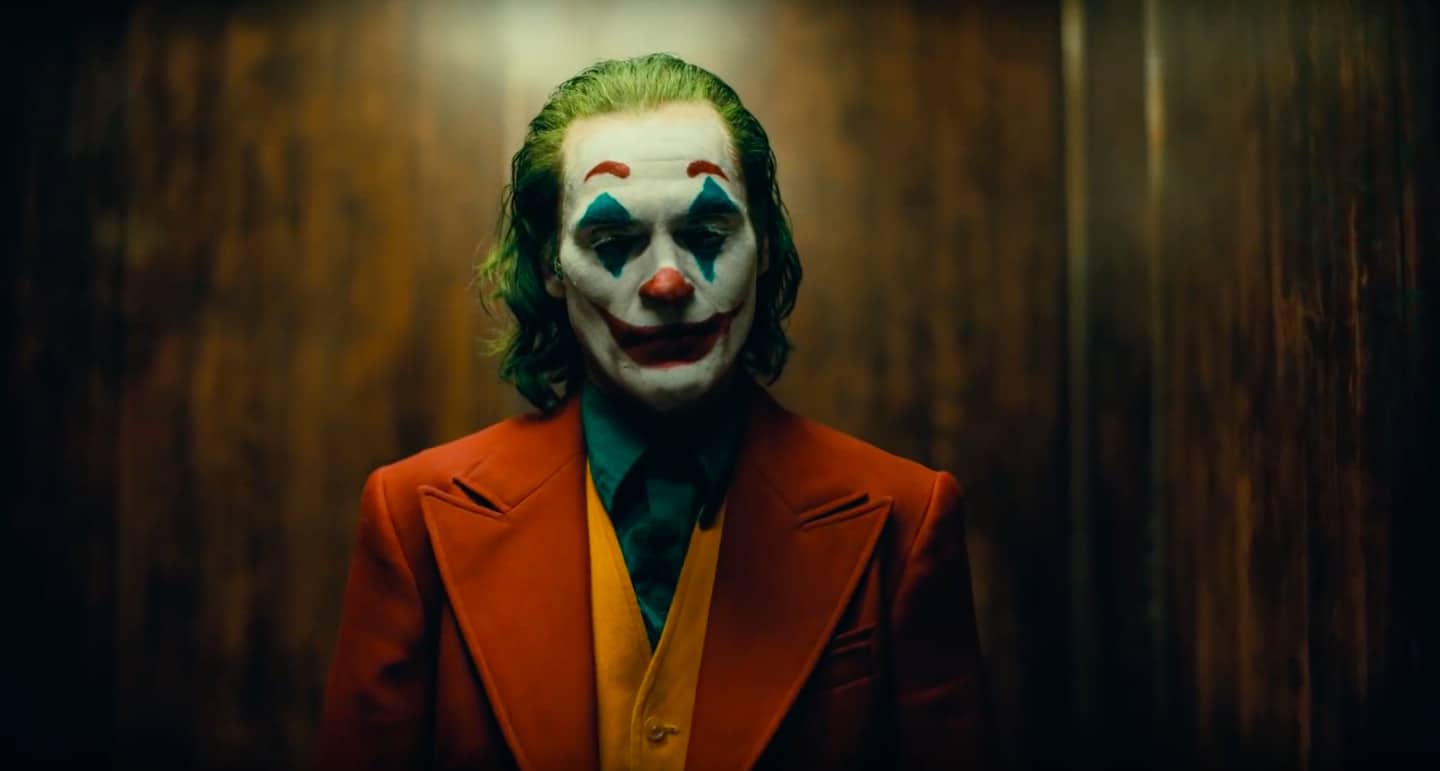
Yeah. Batman.
I’ve read the reviews and read some people who are like, “Ah, they shouldn’t have even tied it into the Batman thing.” I loved that it’s tied in! Even as somebody who’s like, again, not the biggest fan of the comic, I actually think I was always into the fact that it has the tie-in. I had a very visceral reaction to it, and I’ve seen the movie dozens of times. Obviously, I lived in this movie for a long time. But when I sit in the theater, I’m still just an audience member. I’m able to witness it in a different way. I love the last 25 minutes of this movie so much.
And I think one of the most extraordinary things Todd did in this movie is this slow, slow burn. It’s just like boiling water, right? Still, quiet, and silent. And then it just starts to roll, until finally at the end of the movie, the water is boiling over. Arthur is surrounded by all the people on the cop car at the end of the movie, and that score coming up, and you just see the chaos that the cops weren’t going to stop. This city is going to be run over by the chaos that is the Joker until somebody comes to save it.
Right. Yes!
So, I had this overwhelming feeling. This is a comic book movie because of the Gotham that we presented. The way the movie ends shows a city going in a direction that will be really, really troubling and violent and chaotic and in desperate need of a hero. The cops aren’t going to save them. They need a superhero. They need Batman. So, it’s a great Batman origin story if you look at it under that lens. It’s his story too.

The impending arrival of Batman makes the movie for me. The second time I watched the film, and we get to the Joker’s laugh, and him telling the asylum worker, “You wouldn’t get it,” and we cut to Bruce in the alley — man, I just started crying. Arthur is a man of rage and frustration and anger. He wants the world to feel what he feels, and the result is Batman. He created Batman. Bruce Wayne also has that rage and frustration and anger, but he wants no one to feel the way he felt in that alley. Your film presents the two as mirrors.
And that’s the thing. You nailed it. When he says, “You wouldn’t get it,” and now we get the connection between Batman and Joker. They’ll be forever intertwined.
Right!
They are now in each other’s world forever. So in that regard, he’s created a future Batman.
Yeah. Yeah. That’s the big joke of the Joker origin story as far as I’m concerned.
Yeah, there you go. Right, exactly. And so, obviously you’re a big fan, but there’s also a whole side of people that are like, “The Joker doesn’t have an origin story.”
Sure.
But the movie purports that, too, which is that he’s an unreliable narrator. Meaning every time he tells his story it’s a lie or it’s a different story. So the idea is that if he tells a story, it may or may not be true. My personal feeling is, I’m not a big fan of movies that say, “It was all a dream.” Because it’s not very satisfying for the audience. They feel like it’s kind of bullshit. I like to believe the things that we’re watching are real and they have consequences and those consequences are not just somebody’s fantasy. Outside of the internal fantasy element of the thing. But that’s my personal feeling. Just as an audience member, I like to believe that what I’m watching actually happened.
Joker is now playing everywhere. We wait for the Batman to (re)rise.
Related Topics: Cinematography, Joaquin Phoenix, Joker, Lawrence Sher, Todd Phillips

